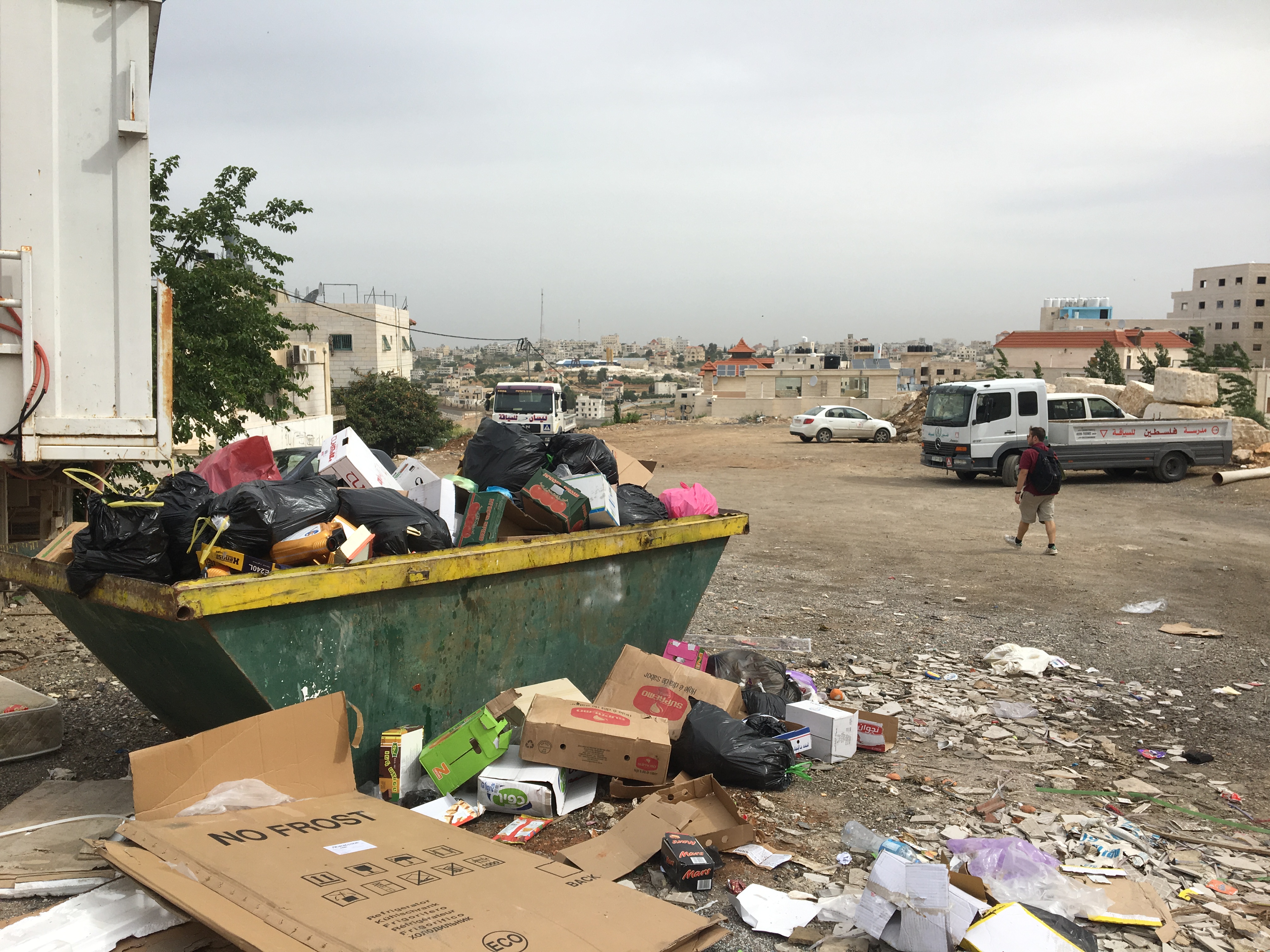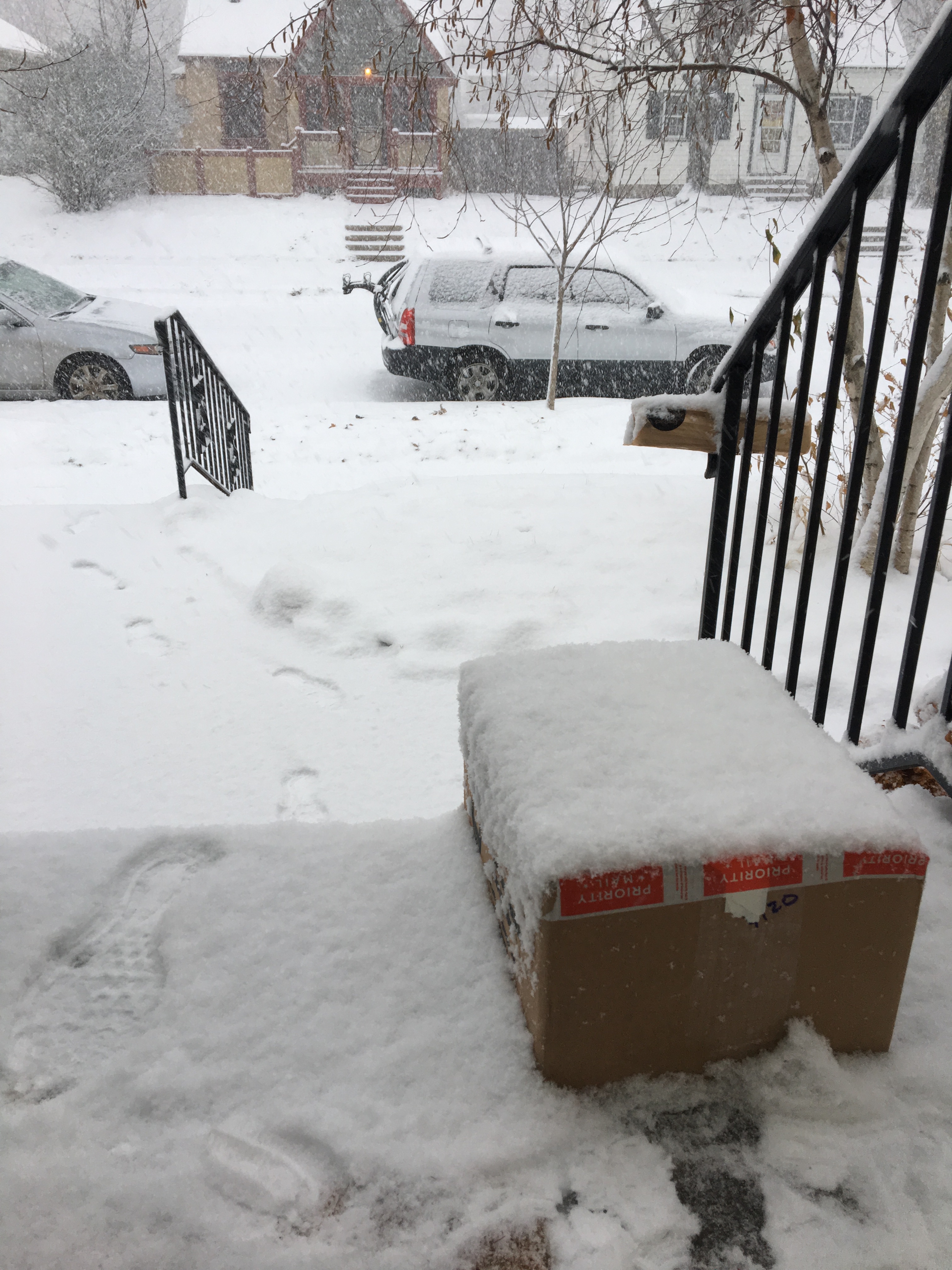Behind closed doors, past checkpoints, beyond politics, and into the hearts and souls of an unheard people. My trip to the West Bank was eye-opening, fascinating, magical, and infuriating.
You venture past checkpoints, under caged in walkways, past abandoned buildings, and yet still you see smiles, hear laughter, and witness the magic of a wedding bringing together entire villages.
Some things I learned:
1. Until you witness firsthand a conflict between people, you have no idea what is truly happening
2. People are all striving towards the same things
3. We know nothing
To understand you must see, experience, and hear from both sides. This past weekend a friend and I decided to do just that. After traveling to Jerusalem, we spent the next 36 hours traveling via bus, taxi, car, and lots of good ole walking. We drove through checkpoints, walked streets inaccessible to a people whom that city belonged, and experienced the immense hearts and hospitality of the Palestinian people.
Our first stop Hebron was to see with our own eyes the current clashes and the largest Palestinian city. We traveled to this city in turmoil to figure out why these clashes are truly happening through their eyes, and what the people of Hebron thought about it. After arriving via a bus from Jerusalem to Bethlehem, and a private taxi from Bethlehem to Hebron which is not recommended, we arrived in Hebron a current ghost town. Friday’s are their weekly holidays and the streets most definitely show just this. Make sure if you decide to travel as we did on a holiday, know exactly where the collective taxis are located, so you don’t become flustered, and pay 4 times the amount necessary, for no reason.
We spent the next 5 hours walking around Hebron with Abboud through “Hantourism a Hebron Reality Tour.” Our first stop; a checkpoint in the heart of Hebron, located in Area A, yet now claimed by Israeli settlers, and controlled solely by Israel and the hundreds of soldiers occupying this said place. This so-called Area A broken up into two separate and ever smaller areas now defined as H1 and H2, or areas Palestinian people can walk around freely, and those areas that they cannot.
This specific area, one of all the current clashes, you see Israeli soldiers occupying the rooftops with tear gas and rifles, the young and old of Palestine in the streets armed with only rocks, is a stark reminder of the extreme differences in freedoms. The Palestinian people protesting the taking of their land, and hoping to simply reclaim their freedom. Freedom of movement and freedom to occupy their native lands. Israelis defending territory that is technically not even there own, but rather given back to the Palestinian people in 1967, and revoked only 30 years later via expanding settlements and the implementation of the aforementioned H1 and H2 in 1997.
Walking the streets bordering the settlement, the alleyways are rigged with wire cages on top to prevent rocks, trash, and other items from hitting Palestinian pedestrians below, from settlers above. Many shops in this area although now protected from above, are now closed. Stores closed due to lack of business after numerous thoroughfares being blocked periodically in the last 70 years, slowly killing the life and soul of the markets, shops, and people.
As you continue on you come across cameras aplenty, guard posts high above, and the old city practically abandoned. Abandoned due to fear of Israeli soldiers coming in and assaulting shop owners and customers alike.
Walking still further, you view the Ibrahimi Mosque a majestic piece of architecture. Although, in 1994 the Ibrahimi Mosque Massacre occurred, where 29 Palestinians were murdered during there call to prayer. The shooter responsible was killed in the action by a member of the mosque, and because of this, the man a hero for stopping a serial murderer was in return shot dead by Israeli soldiers. After this event occurred, the mosque was closed for 6 months. Only after reopening, it was no longer only a mosque it had been retrofitted to a mosque and a temple with 60% taken from the Palestinian people, as well as the main entrance, and numerous security procedures put in place making it increasingly difficult to access, and use effectively.
These injustices, one after another, slowly suffocating the people, their lives, hopes, and their city are saddening, infuriating, and outright disgraceful. People need to open their eyes, see what is being done, see what has been done, see what will continue to be done if people aren’t allowed to experience, to truly experience the problem first hand. If Israeli’s and Palestinians don’t associate, don’t talk amongst each other, how is a problem between two people supposed to be resolved? No more political mayhem and bureaucratic bullshit, the people themselves need to become a part of the solution, slowly becoming informed citizens, opposed to brainwashed people of a Palestinian/Israeli conflict.
Our Hebron tour was incredible, extremely insightful, and helpful to put together pieces of the current problem from both sides. Afterward, our guide continued to be warm and hospitable, making sure we knew where we were going, and how we should get there. A collective taxi a much cheaper mode of transportation was acquired, a driver found, and we were off to Dheisheh refugee camp. A camp of 15,000 residents outside Bethlehem supported by the UN and a city in its own right minus street names, taxes, and choosing to live in this particular place.
Check out my next blog about the Dheisheh refugee camp in the next couple days, along with a slightly different insight and perspective on our adventure through the eyes of Nathaniel Rossoff, my travel partner into the depths of the West Bank.








